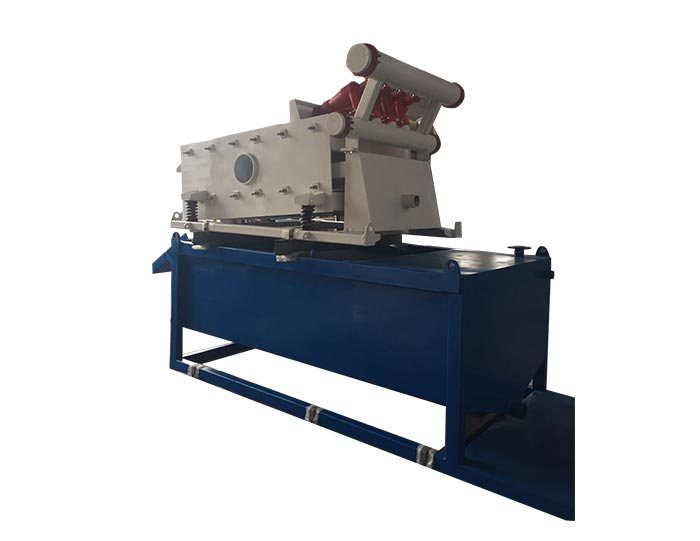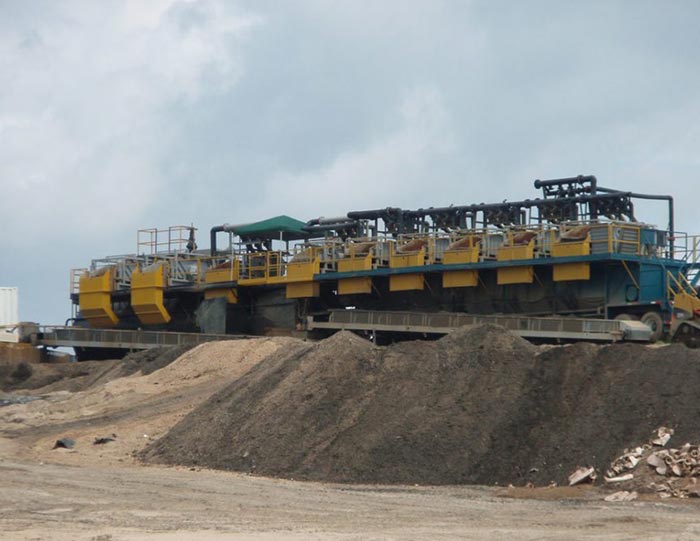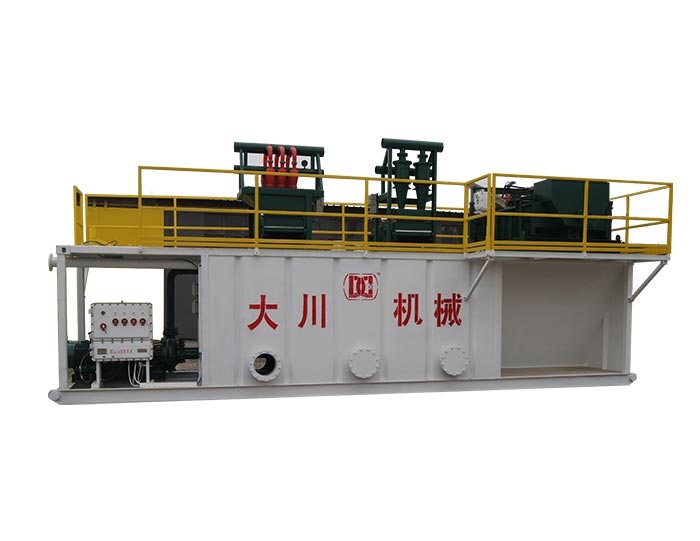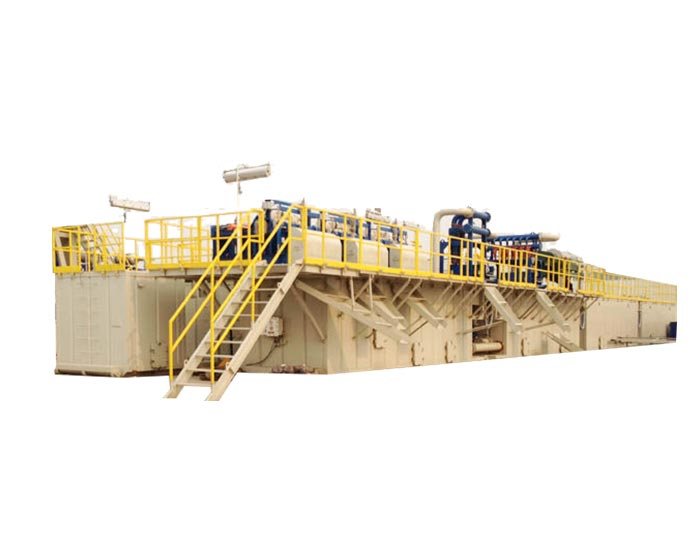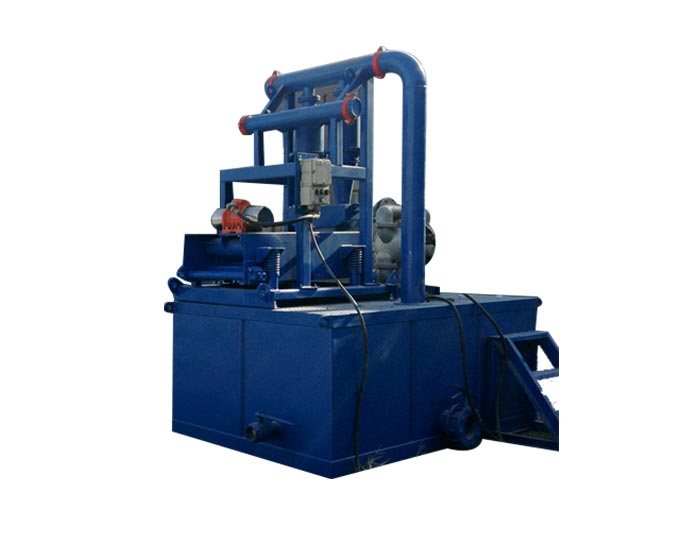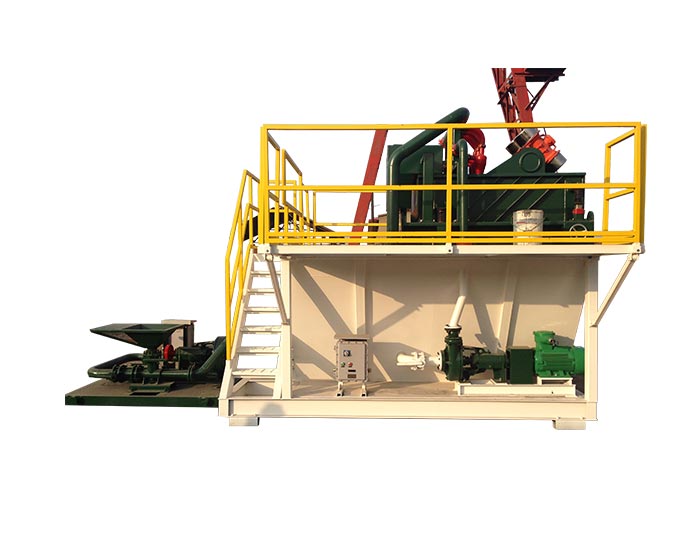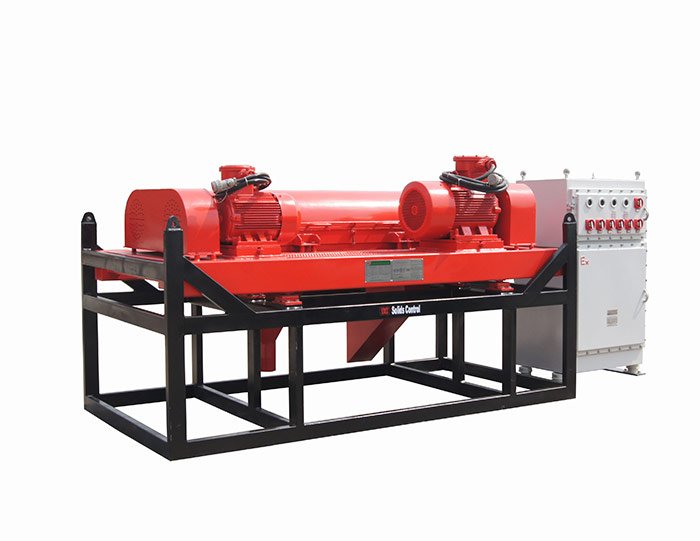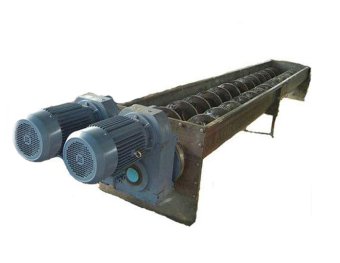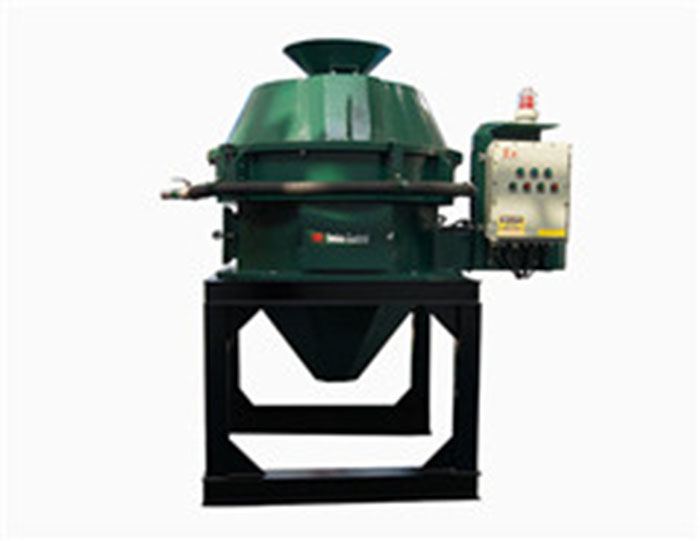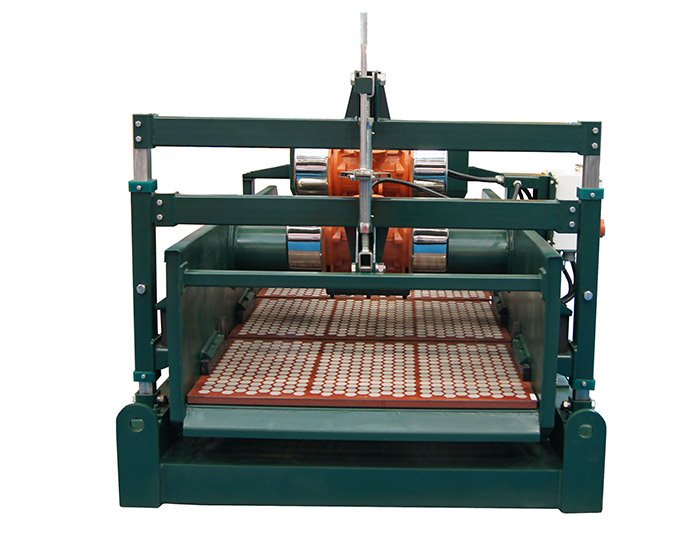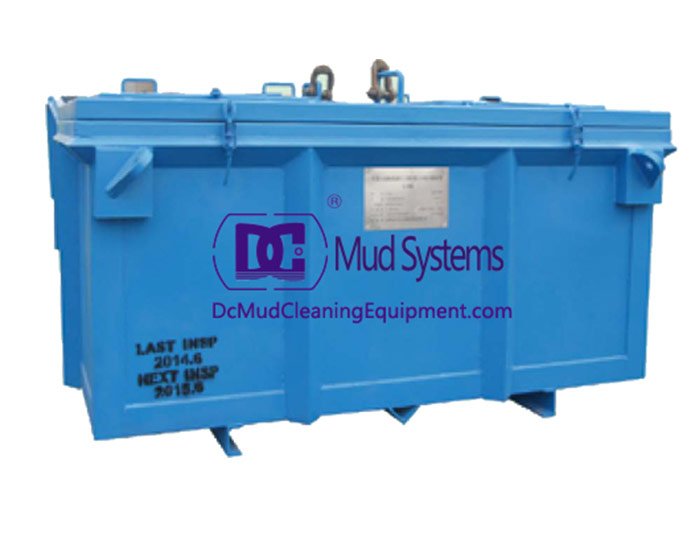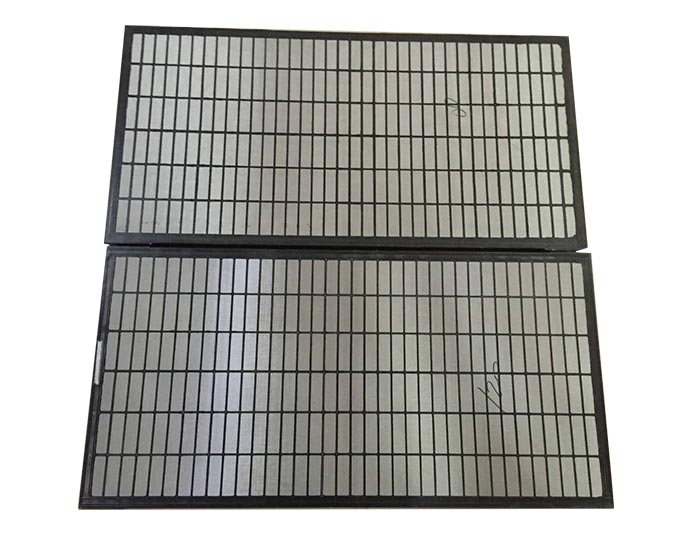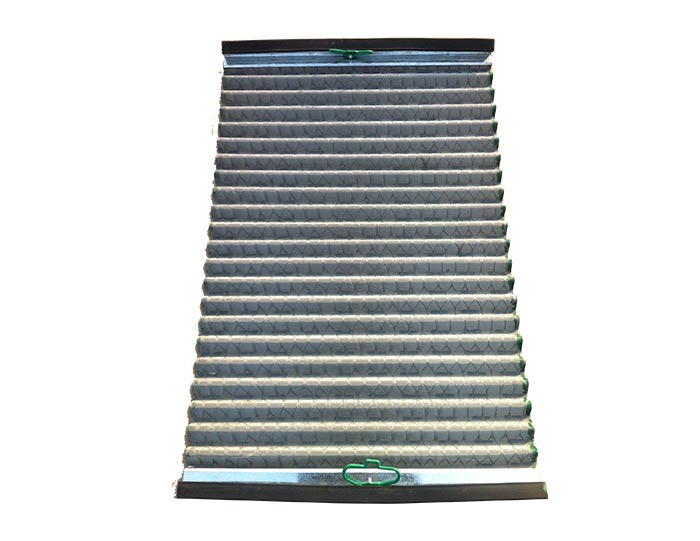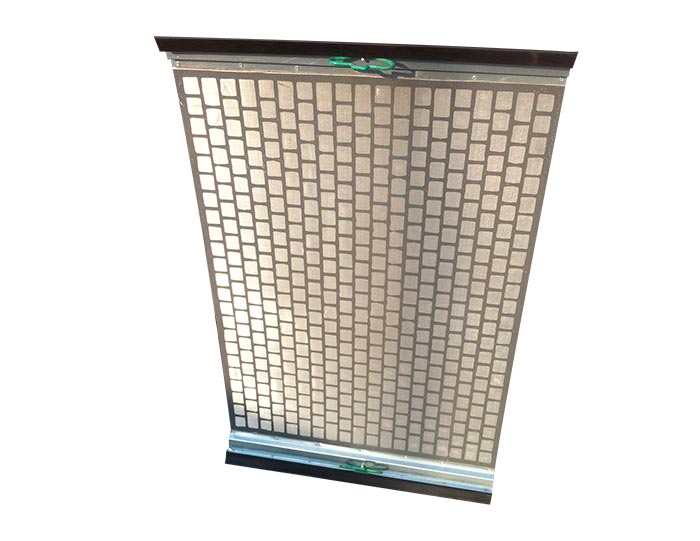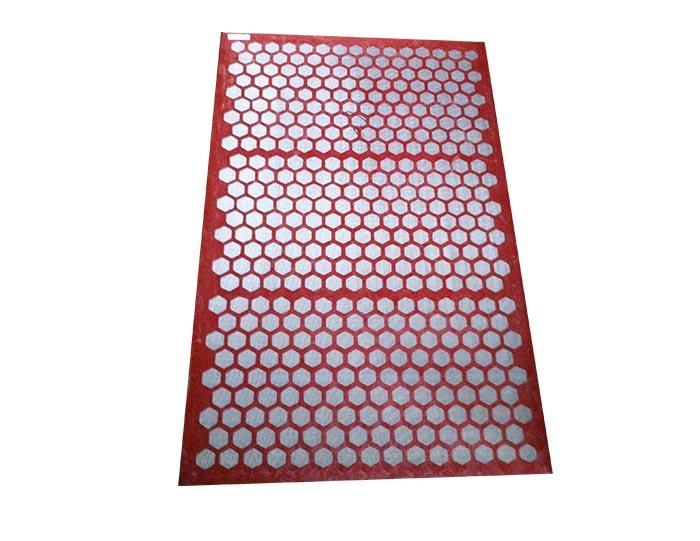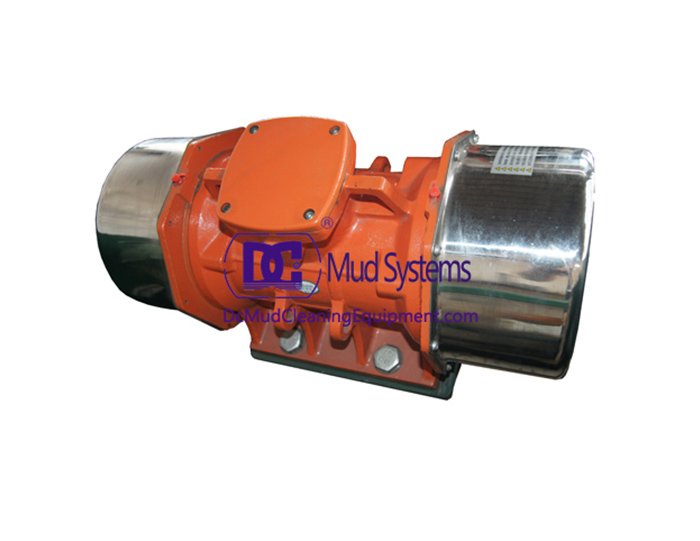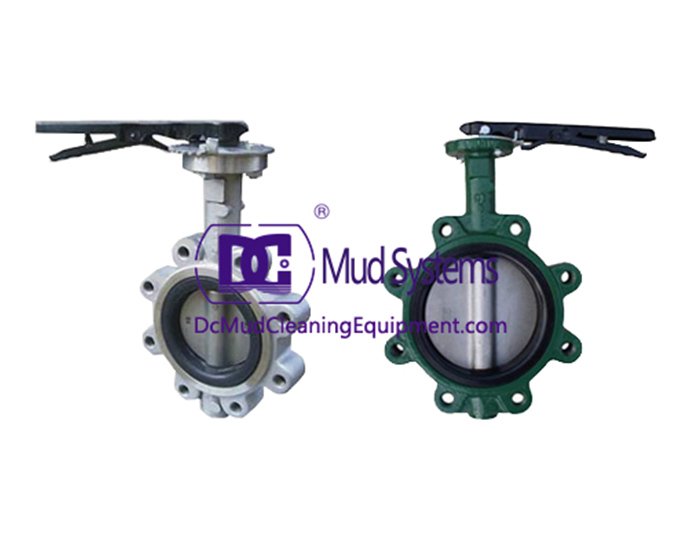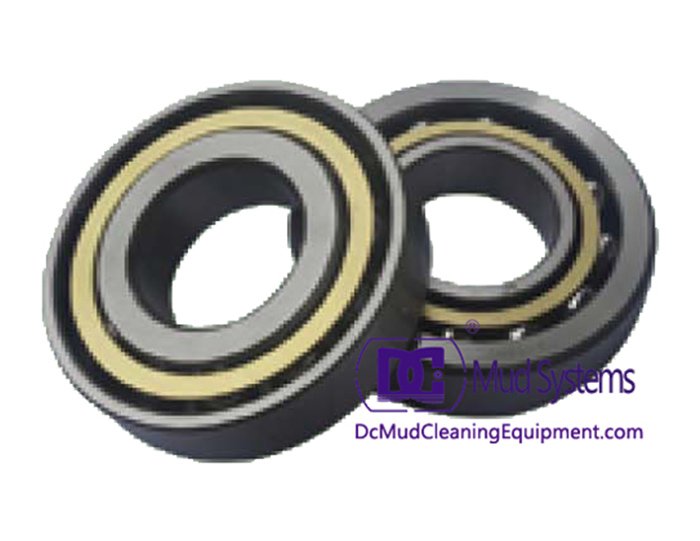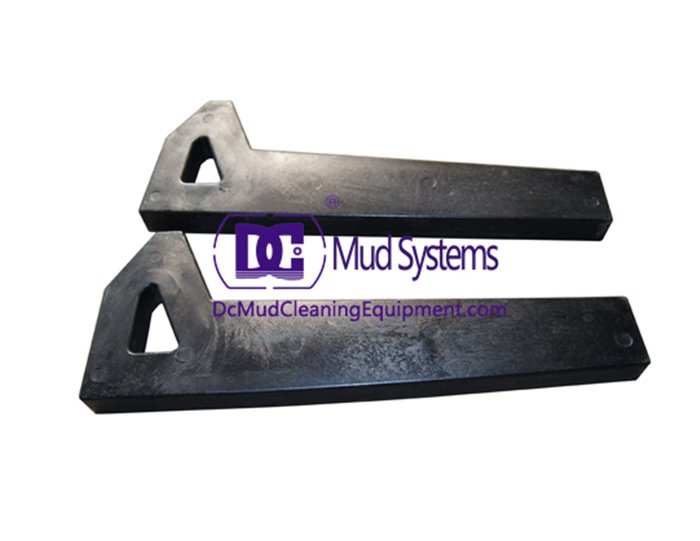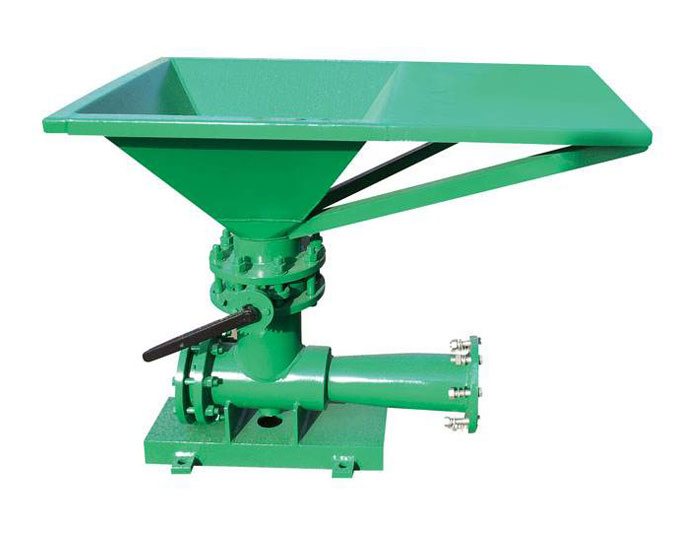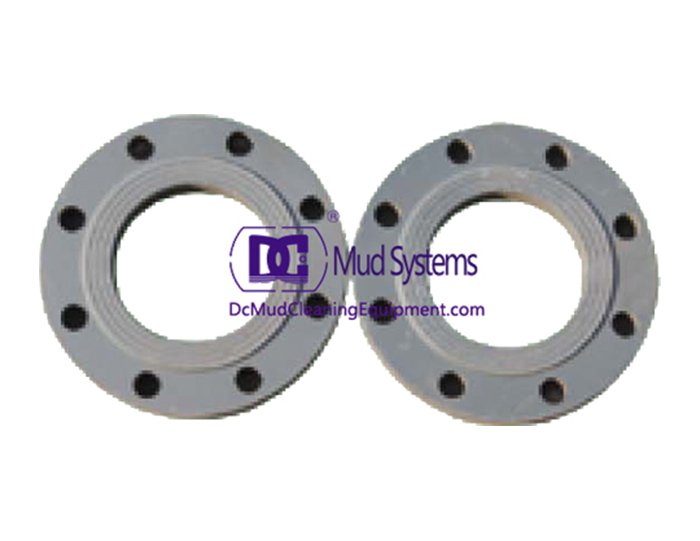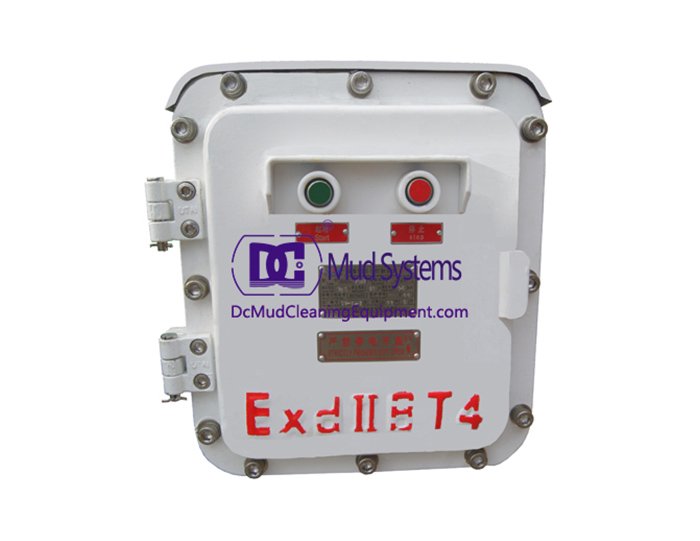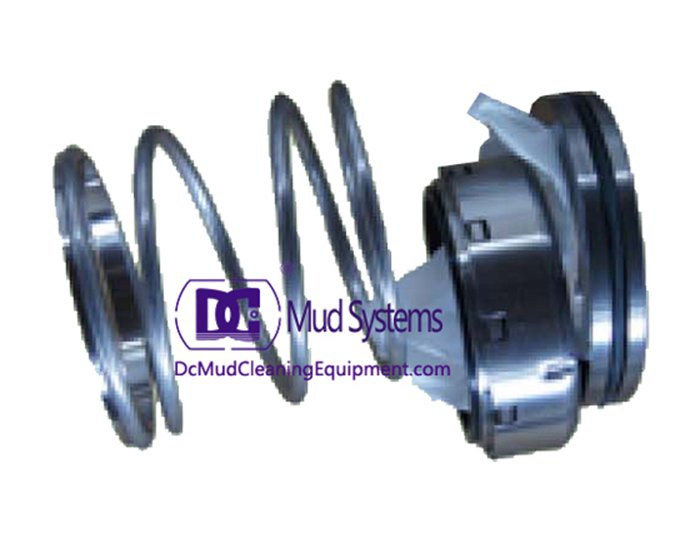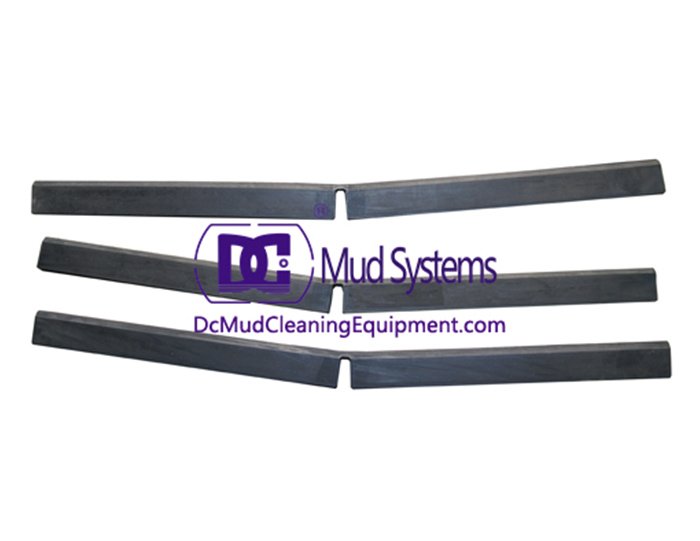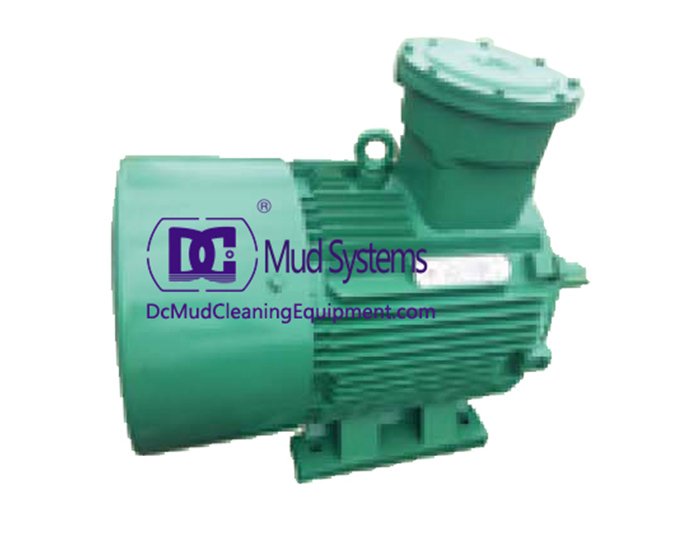The oil and gas industry has always been at the forefront of technological advancements, and one of the key components that keeps drilling operations running smoothly is the drilling mud recycling system. These systems, along with various other specialized mud circulation systems and aphron mud systems, provide essential support to drilling rigs by maintaining mud quality and reducing waste. With technologies evolving, systems like synthetic oil base mud and circulation system drilling have proven to be effective in enhancing efficiency, reducing environmental impact, and ensuring high-performance levels during the drilling process.
In this article, we’ll explore some of the most innovative mud systems and explain how they work to make drilling more efficient and sustainable.
Understanding the Importance of a Drilling Mud Recycling System
A drilling mud recycling system plays a critical role in the efficiency and sustainability of drilling operations. The primary function of a drilling mud recycling system is to clean, filter, and reuse drilling fluids, often referred to as "mud," which are used to lubricate and cool the drill bit while also maintaining pressure and preventing the collapse of the wellbore.
In a typical drilling operation, a large volume of mud is used. As the drilling progresses, the mud becomes contaminated with cuttings and debris, requiring constant replenishment. A drilling mud recycling system addresses this issue by circulating the mud, filtering out the waste, and restoring it for reuse. This reduces the overall consumption of drilling fluids, minimizes waste disposal costs, and contributes to more environmentally responsible practices.
Recycling also helps optimize mud properties, ensuring that the drilling process remains effective and stable. By maintaining mud at optimal viscosity and density, a drilling mud recycling system ensures a consistent and smooth drilling process, thus reducing the risk of downtime or failure.
The Role of the Mud Circulation System in Drilling
The mud circulation system is an essential component in the drilling process, responsible for the continuous flow of mud throughout the operation. It ensures that fresh drilling fluid is pumped down to the drill bit while used fluid is returned to the surface, where it can be processed and recycled.
A well-designed mud circulation system ensures that the drilling fluid reaches the drill bit efficiently, helping to maintain the correct pressure and prevent damage to the wellbore. This system also helps remove rock cuttings from the borehole and prevents formation damage, making it an integral part of the entire drilling operation.
The mud circulation system typically includes a series of pumps, tanks, and pipes that work together to maintain the fluid flow. By ensuring that the right amount of pressure is applied and that the mud is circulated effectively, it keeps drilling operations running smoothly, improving both the speed and safety of the drilling process. It also allows for the efficient use of resources, reducing waste and maintaining a steady supply of drilling fluid.
The Aphron Mud System: An Innovative Solution for Drilling
The aphron mud system is another advanced technology in drilling fluid management. Unlike traditional mud systems that rely on water-based or oil-based fluids, the aphron mud system uses microscopic gas bubbles (aphron) to improve the performance of the drilling fluid. This innovative approach provides several benefits over traditional mud systems, making it a valuable tool in modern drilling operations.
One of the main advantages of the aphron mud system is its ability to reduce fluid loss and improve the stability of the mud. The microscopic gas bubbles create a barrier that helps seal the formation, minimizing the risk of fluid loss and wellbore instability. This leads to better control of the drilling environment and can help prevent costly delays and complications during drilling operations.
Additionally, the aphron mud system offers improved lubricity, which reduces the wear and tear on the drilling equipment. This not only extends the lifespan of the equipment but also helps optimize the overall performance of the rig. Given these benefits, the aphron mud system is becoming increasingly popular for challenging drilling operations, especially in difficult formations where traditional mud systems may struggle.
Synthetic Oil Base Mud: Enhancing Performance and Reducing Environmental Impact
Synthetic oil base mud is another key innovation in drilling fluid technology. Traditionally, oil-based muds have been used to improve drilling performance in challenging conditions, such as deepwater or high-temperature wells. However, these traditional oil-based fluids can have a significant environmental impact due to their toxicity and difficulty in disposal.
Synthetic oil base mud addresses these issues by offering a more environmentally friendly alternative. Unlike traditional oil-based muds, which use petroleum-based oils, synthetic oil base mud is made from synthetic fluids that are less harmful to the environment. These synthetic fluids are biodegradable and less toxic, reducing the environmental footprint of drilling operations.
In addition to its environmental benefits, synthetic oil base mud offers superior performance in challenging drilling environments. It provides excellent lubrication, improves hole cleaning, and offers better stability in high-temperature and high-pressure conditions. As a result, synthetic oil base mud is becoming a preferred choice for deepwater drilling and other complex operations where performance and environmental sustainability are top priorities.
The Power of Circulation System Drilling in Modern Operations
Circulation system drilling refers to the use of advanced circulation techniques to improve the efficiency and safety of the drilling process. This system involves the continuous circulation of drilling fluids through the wellbore, ensuring that the right amount of pressure is maintained and that cuttings and debris are efficiently removed from the drilling site.
By optimizing the flow of drilling fluids, circulation system drilling helps to maintain wellbore stability, minimize the risk of formation damage, and reduce the chance of downhole problems. It is particularly useful in complex drilling operations, such as deepwater drilling or those in unstable formations, where maintaining proper circulation and pressure control is crucial.
The circulation system drilling process is essential for ensuring the success of drilling operations. By providing better control of the wellbore environment and improving fluid management, this system helps maximize drilling efficiency and reduce operational costs. Furthermore, it contributes to a more sustainable approach to drilling by minimizing fluid waste and improving the recyclability of drilling fluids.
Drilling Mud Recycling System FAQs
What is a drilling mud recycling system?
A drilling mud recycling system is a process used to clean and reuse drilling fluids by filtering out contaminants, reducing waste, and ensuring optimal fluid properties throughout the drilling process.
How does a mud circulation system work?
A mud circulation system circulates drilling fluids through the wellbore, ensuring pressure control, removing rock cuttings, and maintaining a steady supply of fresh fluid while returning used fluid for recycling.
What are the benefits of the aphron mud system?
The aphron mud system improves fluid stability, reduces fluid loss, and enhances lubricity, making it ideal for challenging drilling operations where traditional mud systems may not perform as well.
Why is synthetic oil base mud preferred in some drilling operations?
Synthetic oil base mud is preferred because it offers superior performance, especially in deepwater or high-temperature wells, and has a significantly lower environmental impact compared to traditional oil-based muds.
How does circulation system drilling improve drilling efficiency?
Circulation system drilling optimizes the flow of drilling fluids, maintaining pressure control, removing cuttings, and preventing downhole issues, thus improving overall efficiency and reducing operational costs.
In conclusion, the advancements in drilling mud recycling systems, mud circulation systems, aphron mud systems, and synthetic oil base mud technologies are making drilling operations more efficient, cost-effective, and environmentally responsible. As the industry continues to innovate, these systems play a pivotal role in addressing the challenges of modern drilling and ensuring the success of projects in even the most difficult conditions.
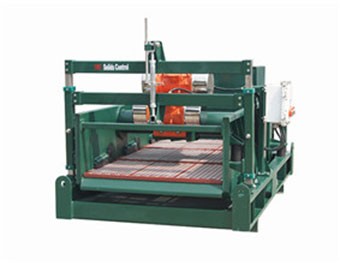 Linear Motion Shale Shaker In Drilling Rig
Linear Motion Shale Shaker In Drilling Rig 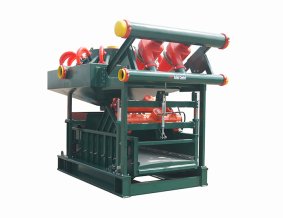 Oilfield Mud Cleaner
Oilfield Mud Cleaner 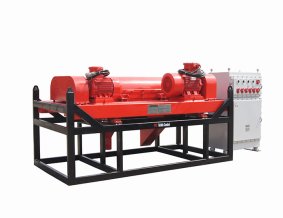 Drilling Fluid Decanter Centrifuge
Drilling Fluid Decanter Centrifuge Drilling Mud Desander
Hydrocyclone Desilter
Centrifugal Pump/Centrifugal Mud Pump
Shear Pump
Jet Mud Mixer
Horizontal Mud Agitator
Constant Pressure Drilling Fluid Mud Gas Separator
Mud Gun
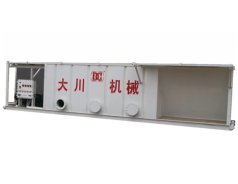 Mud Tank
Mud Tank Solids Control System Vacuum Degasser
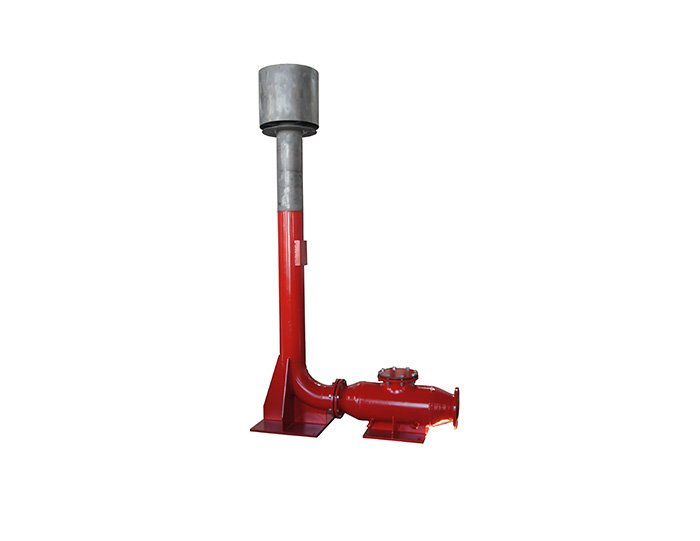 Flare Ignition Device
Flare Ignition Device  Diesel Tank
Diesel Tank 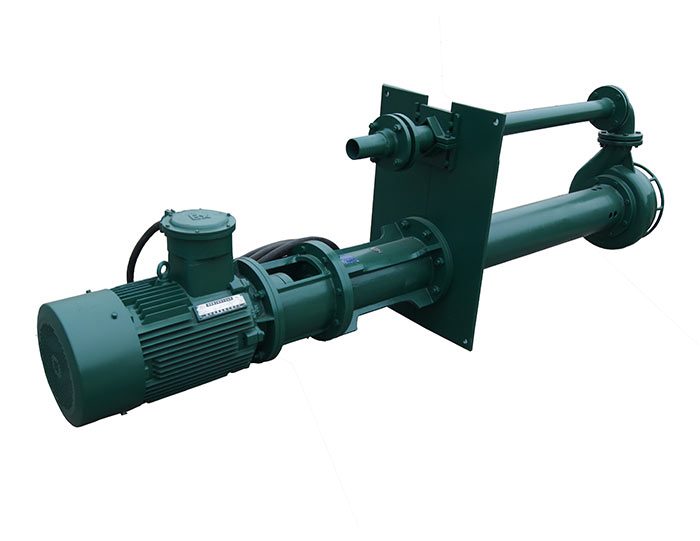 Submersible Slurry Pump
Submersible Slurry Pump 



